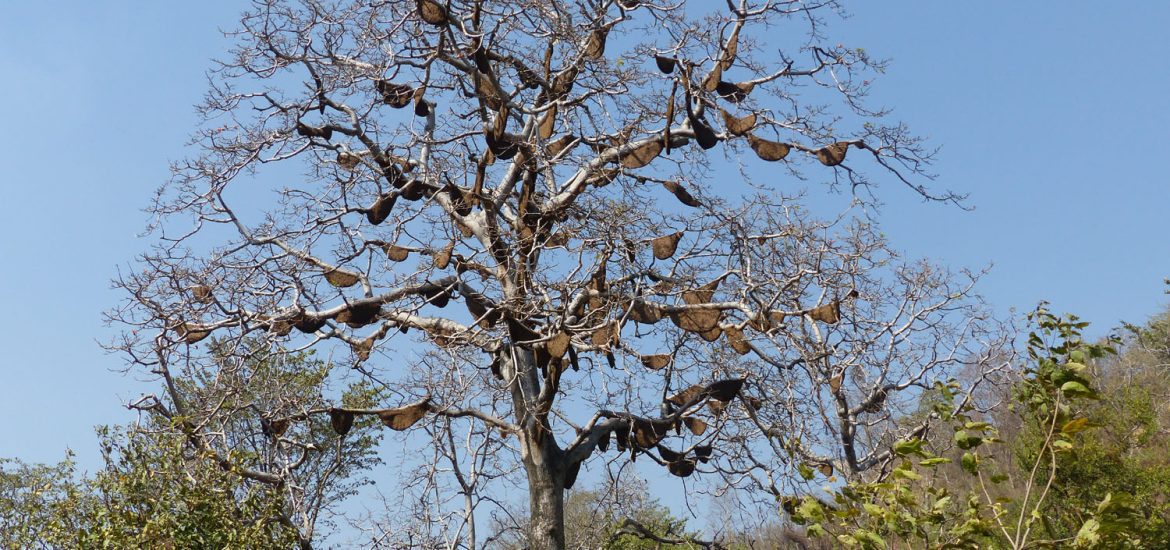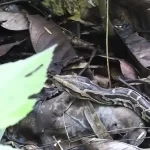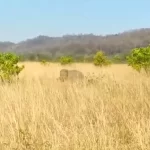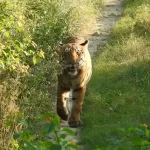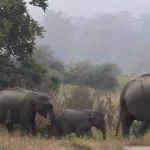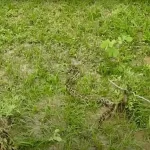Honeybees have unique communication skills. When individual honeybees discover food sources, this crucial information has to be passed to the other members of the colony. The honeybees utilize a dance language, called ‘waggle dance’. This dance flight indicates direction, distance and abundance of the food source. The sound signals are produced by waggling the abdomen and vibrating the wings, thus producing sound signals of high intensity in the air. The bees indulging in waggle dance orient their bodies in the direction of the food source and the intensity of sound signals produced indicate the abundance of the food source. Honeybees help the ecosystem flourish by pollination and cross pollinating plants. Nearly 30% of the world’s crops and 90% of all plants require cross pollination to spread and thrive.
Giant Honeybee Apis dorsata, the largest honeybee species, is found in abundance in Corbett Tiger Reserve. The species is known to build their colonies on favourite locations, usually close to water sources, where upto one hundred hives may come up on the same tree. This large Silk Cotton Tree located close to Jim’s Jungle Retreat is home to one such large colony of the Giant Honeybee.
Bees, including honeybees are threatened due to destruction of their habitat and use of insecticides. Today, on the occasion of World Bee Day, Jim’s Jungle Retreat promotes the cause of the conservation of these important elements of the ecosystem by protecting their habitat and by avoiding the use of harmful chemicals that eventually find their way to us through the food chain.
The dance of the Honeybee
